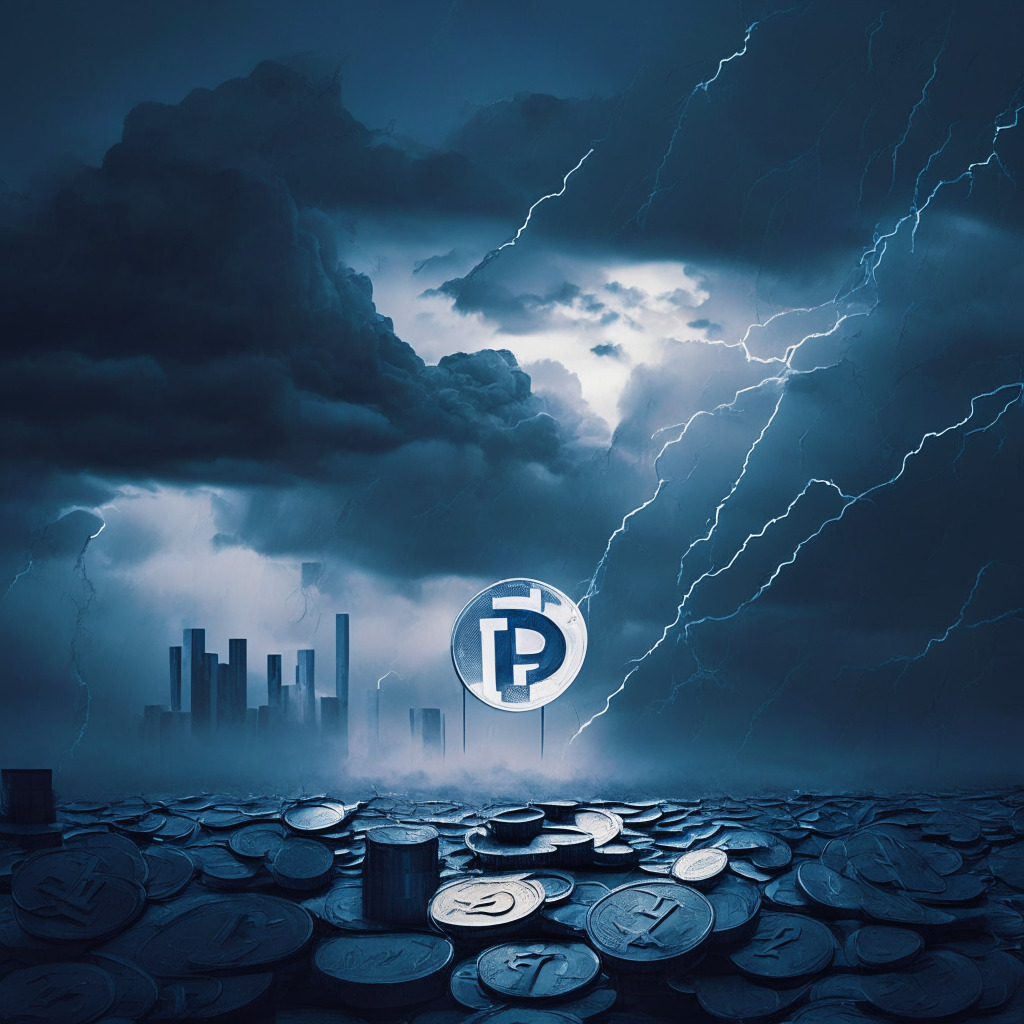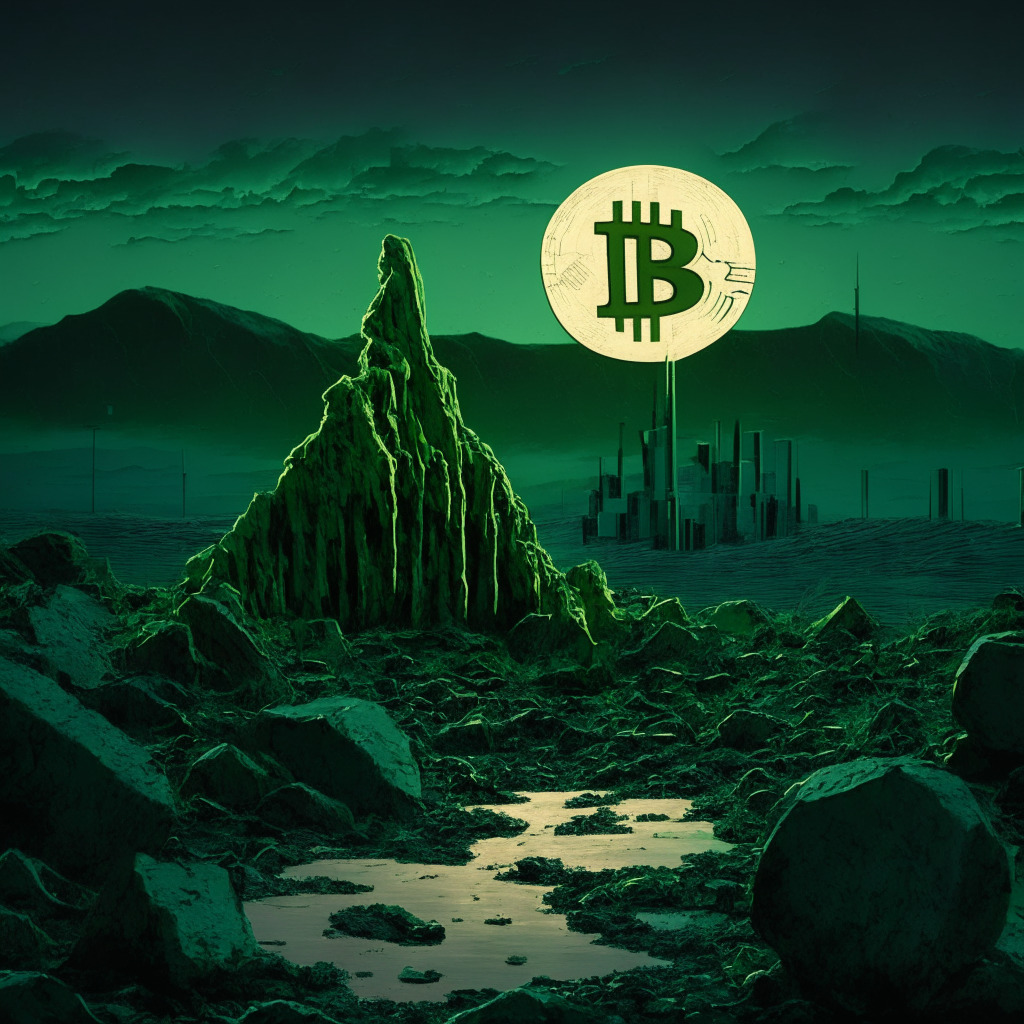A new report produced by Bank of America proposes a less than promising future for PayPal‘s novel stablecoin, PYUSD. This forecast comes amidst higher competition and investor indifference, suggesting that rapidly rising stars such as USD Tether (USDT) and USD Coin (USDC) may prove more than a strong match for this newcomer.
The emergence of PYUSD was hailed as exciting news for many within the digital asset community, as well as PayPal itself. However, its trajectory might waver in the face of established stablecoins like USDT and USDC. One reason is that during a period of near-zero rates, investors have shown no issue holding non-yield bearing stablecoins. The playfield, however, just got a bit more complicated with the entry of yield-bearing stablecoins offering short-term rates above 5%.
A second point of contention is PayPal‘s strategy. The company plans to bank on an alternative pathway of monetization instead of improving the yield of reserves.
The report also cited a few potential hurdles such as lack of fresh functionality, wallet compatibility issues, and trading pairs, which could impede its progress. Analysts Alkesh Shah and Andrew Moss argue that many investors are not specifically devoted to which stablecoins they hold, presenting another barrier for PYUSD to cross.
On a brighter note, Bank of America observes that the emergence of PYUSD could enhance customer experience through better integration within the PayPal ecosystem and connectivity with fiat currencies. Its availability on PayPal and Venmo marks a significant milestone, making it the first stablecoin launched directly by a traditional financial institution.
With huge players owning the stablecoin market, does PYUSD stand a chance? Despite the significant market caps of USDT, USDC, and others, the stablecoin market is still rife with specific issues, including regulatory concerns. Bank of America believes that PYUSD can carve out a niche by capitalizing on new avenues like asset transfers, payments, and remittance services enabled by blockchain technology.
After all, PayPal‘s Vice President, Jose Fernandez da Ponte, predicts that PYUSD will add value to users as a bridge between crypto and fiat and integrate with a multitude of PayPal-recognized merchants. By leveraging compliant regulatory practices, it is expected to enlarge its share in the $120 billion stablecoin market – a market predicted to balloon to $2.8 trillion over the next five years as per a recent Bernstein study.
Should this prediction come true, PYUSD might have a chance of gaining traction amidst rising demand, despite the skeptics.
Source: Cryptonews




